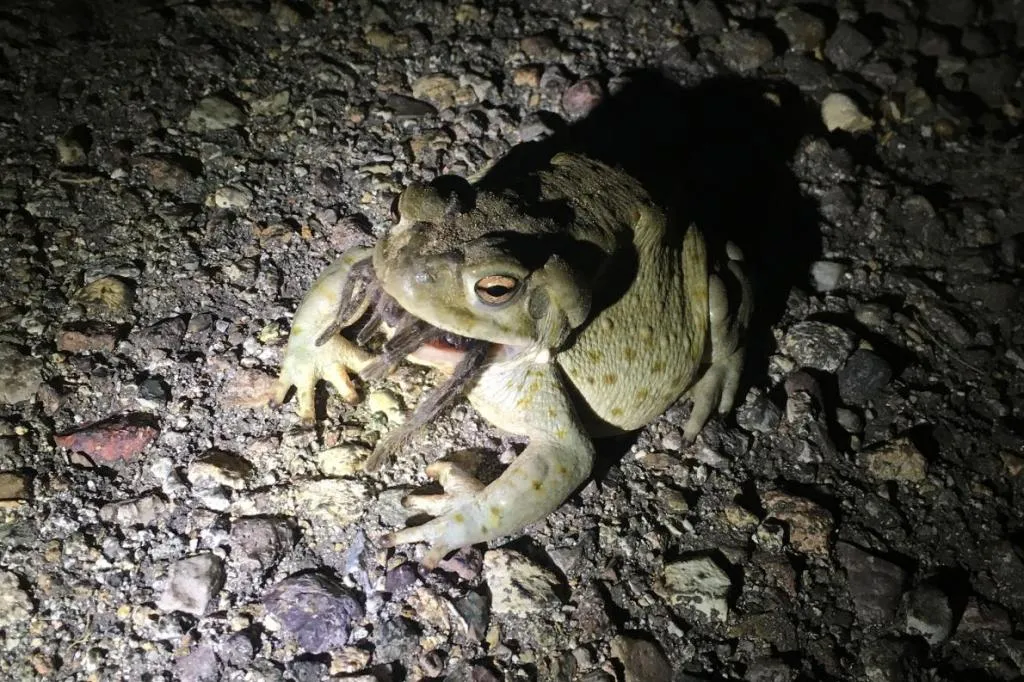What Do Tarantulas Eat?
Tarantulas, with their impressive size and captivating presence, are a favorite among pet enthusiasts and arachnid lovers. Understanding their dietary needs is crucial for their health and well-being. Unlike some other pets, tarantulas have a relatively simple diet, primarily consisting of insects. However, providing the right food items and understanding their nutritional requirements is essential for ensuring a long and healthy life for your eight-legged friend. This article delves into the specifics of a tarantula’s diet, offering insights into what they eat, what they shouldn’t eat, and how to provide optimal nutrition.
The Natural Diet of Tarantulas
In their natural habitat, tarantulas are opportunistic predators, meaning they eat whatever they can catch and overpower. Their diet varies based on their location, but it typically includes a variety of insects, small invertebrates, and sometimes even small vertebrates. Knowing the components of their natural diet helps in replicating a suitable diet in captivity. Wild tarantulas often consume insects like crickets, grasshoppers, beetles, and even smaller spiders. Larger tarantulas may occasionally prey on small lizards, mice, or even birds. The diet of a wild tarantula is directly linked to the available food sources in their environment, emphasizing the importance of a varied diet for optimal health.
Insects as a Staple Food
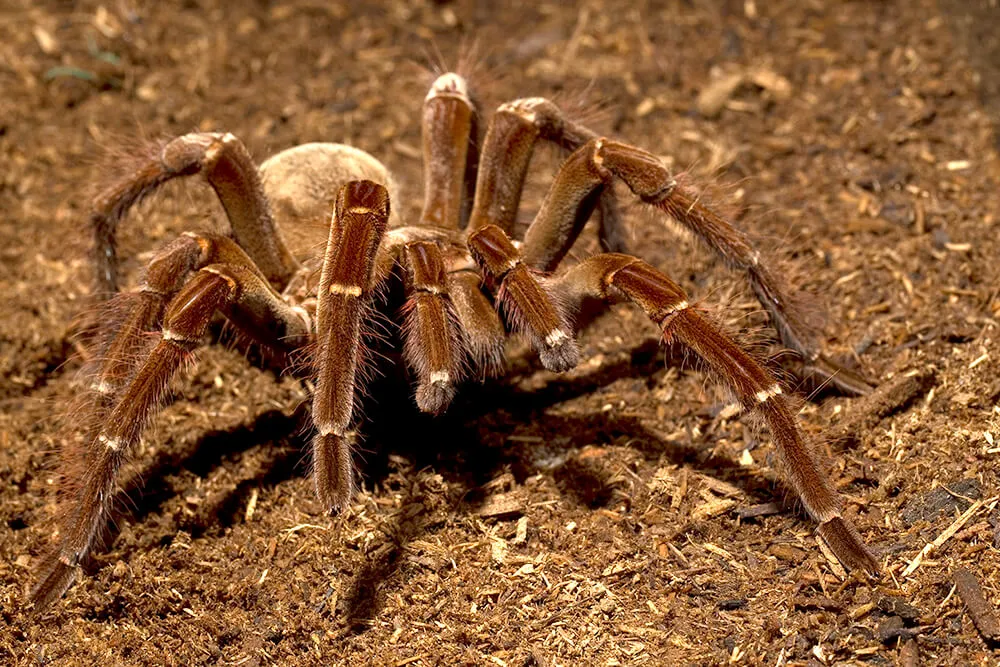
Insects form the cornerstone of a tarantula’s diet, providing essential nutrients like protein, chitin, and various vitamins and minerals. Crickets, mealworms, and roaches are commonly used insects. The type of insect and its nutritional value can significantly affect a tarantula’s growth, molting, and overall health. When selecting insects for your pet tarantula, it’s important to consider their size and nutritional profile. Furthermore, insects should be sourced from a reputable supplier or raised in a clean environment to minimize the risk of introducing parasites or pesticides to your tarantula’s habitat. Feeding a variety of insects can also offer a more balanced diet, ensuring your tarantula receives a wide range of essential nutrients.
Crickets as a Food Source
Crickets are a popular choice for feeding tarantulas due to their availability and ease of procurement. They provide a good source of protein and are generally well-accepted by most tarantula species. Before feeding crickets, it is crucial to gut-load them. Gut-loading involves feeding the crickets nutritious food (like vegetables and grains) for 24–48 hours before feeding them to your tarantula. This enhances the nutritional value of the crickets and provides essential vitamins and minerals to your tarantula. The size of the crickets should be appropriate for your tarantula’s size, ensuring they are not too large to handle or too small to provide adequate nutrition. Always remove any uneaten crickets from the enclosure to prevent them from stressing or potentially harming the tarantula.
Mealworms as a Supplement
Mealworms are another common insect used in a tarantula’s diet. They are readily available and relatively easy to breed. However, mealworms have a higher fat content compared to crickets, so they should be offered as a supplement rather than the primary food source. Excessive fat intake can lead to health problems in tarantulas. Feeding mealworms in moderation, alongside other insect varieties, can offer a balanced diet. Like crickets, mealworms can also be gut-loaded to improve their nutritional value. Ensure that you provide fresh mealworms and discard any that appear to be dead or decaying, as they can introduce bacteria or parasites into the enclosure, posing a health risk to your tarantula.
Can Tarantulas Eat Ants?
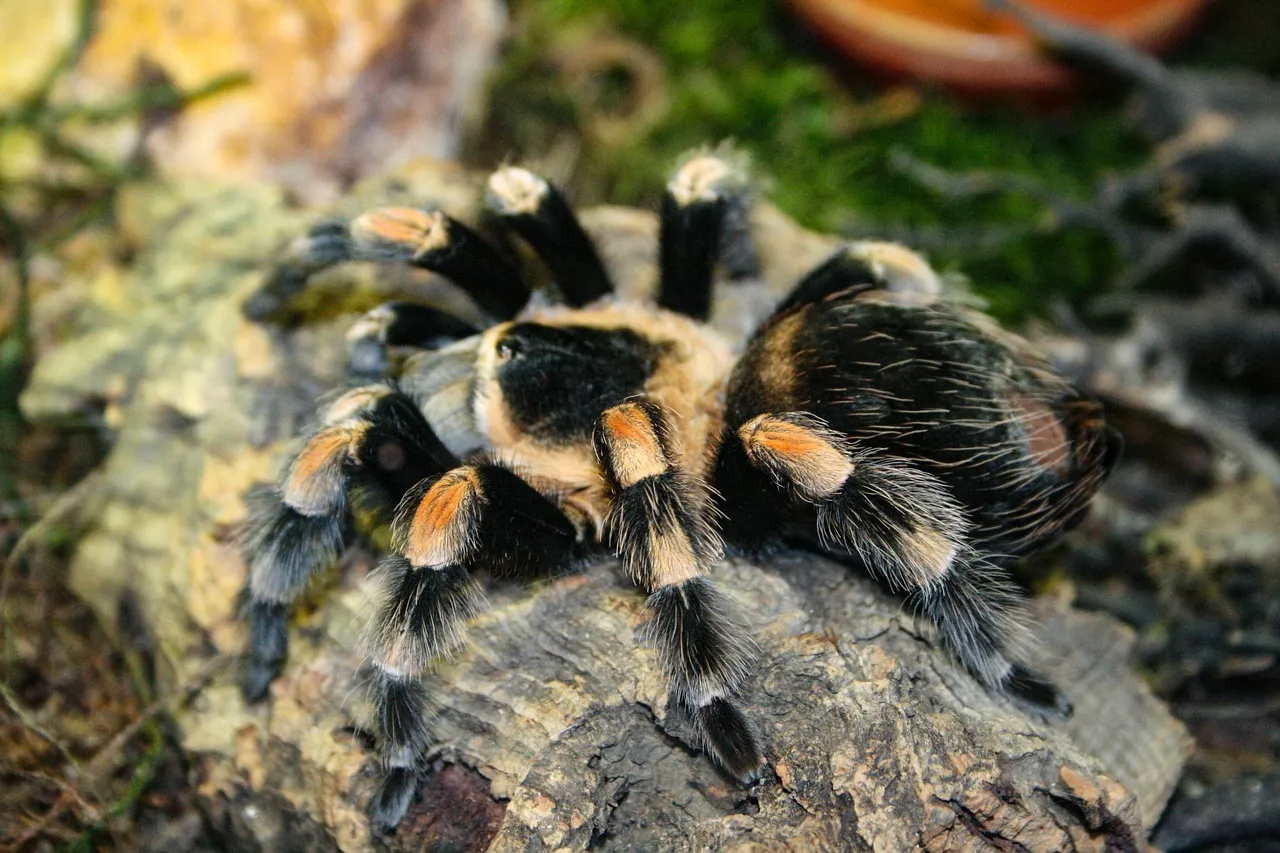
The question of whether tarantulas can eat ants is not straightforward. While tarantulas in their natural environment might encounter and possibly consume ants, feeding ants to captive tarantulas is generally not recommended. Ants, particularly certain species, have a strong defense mechanism and can bite or sting, which could potentially harm the tarantula. Some ant species also contain formic acid, which could be harmful if ingested in large quantities. Furthermore, ants might not provide the optimal nutritional profile that a tarantula needs, with lower protein and higher chitin content compared to other insects. Therefore, while tarantulas might eat ants in the wild, it’s best to avoid feeding them to your pet.
Nutritional Value of Ants for Tarantulas
Compared to crickets and mealworms, ants have a relatively lower nutritional value for tarantulas. They are generally smaller and may not provide enough protein and other essential nutrients that tarantulas require for growth and development. The exoskeletons of ants are also composed of a high percentage of chitin, which can be difficult for tarantulas to digest in large amounts. A diet primarily consisting of ants would likely be nutritionally inadequate, potentially affecting the tarantula’s health and growth. It’s always a better practice to feed your tarantula with insects that provide a balanced nutritional profile, which would encourage healthy molting and longevity.
Risks of Feeding Ants to Tarantulas
Feeding ants to tarantulas poses several risks that should be carefully considered. Some ant species can bite or sting, potentially injuring the tarantula during the hunting or feeding process. Additionally, certain ants may contain chemicals that could be harmful if ingested in large amounts. Moreover, the nutritional profile of ants is not ideal for tarantulas, as they are not as rich in protein and essential nutrients as other insects. Introducing ants into the tarantula’s enclosure can also potentially introduce parasites or other harmful microorganisms. To ensure the safety and well-being of your tarantula, it is best to avoid feeding them ants and choose more appropriate food sources, like crickets, mealworms, and roaches.
Other Food Items for Tarantulas
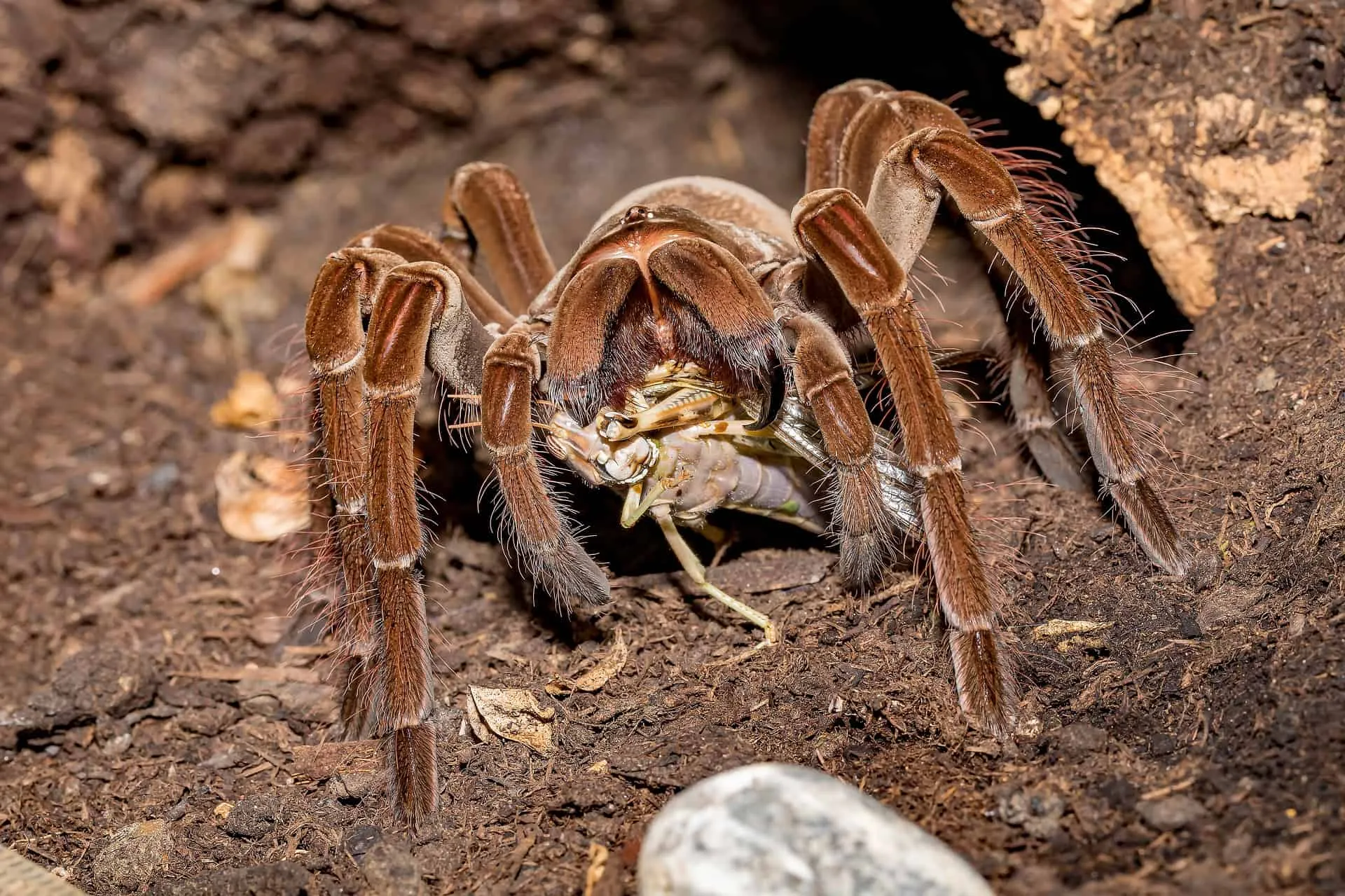
Besides crickets and mealworms, tarantulas can be offered a variety of other insects to provide a balanced diet. Roaches, such as Dubia roaches, are an excellent source of protein and are generally easier to care for than crickets. Other options include grasshoppers, locusts, and even small spiders. The key is to provide a variety of insects, ensuring that you’re not relying on a single food source. Always ensure the insects are appropriately sized for your tarantula and sourced from a reputable supplier to reduce the risk of introducing parasites or harmful substances. Experimenting with different insect species offers your tarantula a more balanced diet and enriches their feeding experience.
Importance of Hydration
Providing fresh water is as crucial as providing the right food. Tarantulas need a constant source of clean water to stay hydrated. The most common method is to provide a shallow water dish that is easily accessible and regularly cleaned to prevent bacterial growth. Another option is to use a water gel, which is especially helpful for smaller tarantulas, as it reduces the risk of drowning. Water is critical for aiding digestion and supporting overall health, especially during molting. Dehydration can be fatal, so ensuring a consistent water supply is a non-negotiable aspect of tarantula care.
Feeding Frequency and Portion Control
The feeding frequency of a tarantula depends on its age and size. Juvenile tarantulas need to be fed more frequently, usually 2–3 times a week, while adult tarantulas can be fed less often, typically once a week or every other week. It is important to observe your tarantula’s eating habits and adjust the feeding schedule accordingly. Avoid overfeeding, as this can lead to obesity and other health problems. Remove any uneaten food within 24 hours to prevent the build-up of decaying matter, which can attract mites and other pests. Offering the right amount of food, based on your tarantula’s appetite and the size of the prey, is vital for maintaining its health.
Factors Influencing a Tarantula’s Diet
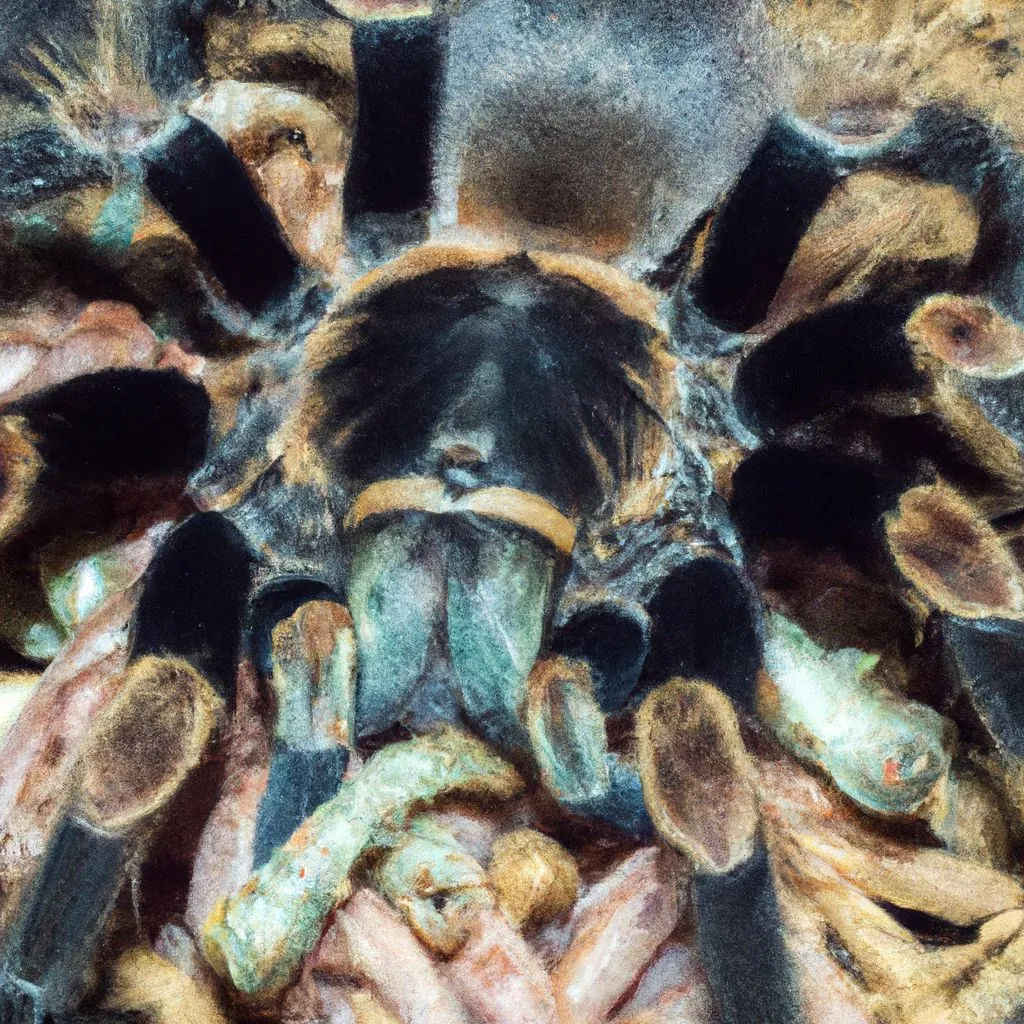
Several factors influence a tarantula’s diet, including its age, species, and environmental conditions. Younger tarantulas require more frequent feeding due to their rapid growth. Different tarantula species may have varied preferences for different insects. For example, some species might prefer crickets, while others may favor roaches. The temperature and humidity levels within the enclosure can also affect the tarantula’s appetite and metabolism. It is crucial to maintain optimal environmental conditions to ensure that your tarantula is eating and digesting its food properly. Closely monitoring your tarantula’s behavior, including its feeding habits, is key to identifying any changes that might indicate a health issue and adjusting its diet accordingly.
In conclusion, understanding a tarantula’s diet involves more than just knowing what they eat. It encompasses the importance of providing a varied diet, ensuring proper hydration, and adapting feeding practices to suit the spider’s age, species, and environmental needs. While the answer to the question of whether tarantulas eat ants is generally no, focusing on a diet composed primarily of insects like crickets and mealworms, alongside proper hydration, offers the best approach for maintaining a healthy and thriving tarantula. Always remember to source insects responsibly and monitor your pet’s eating habits to ensure their well-being.
